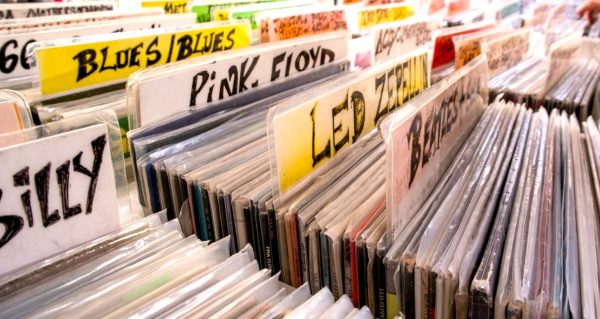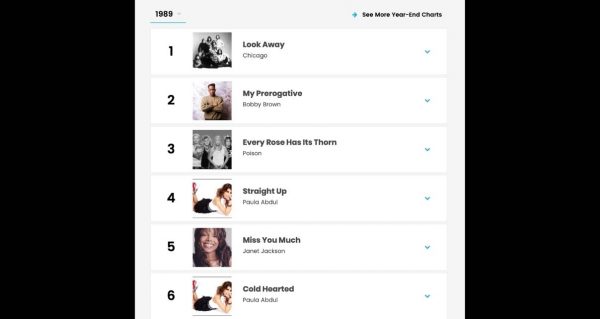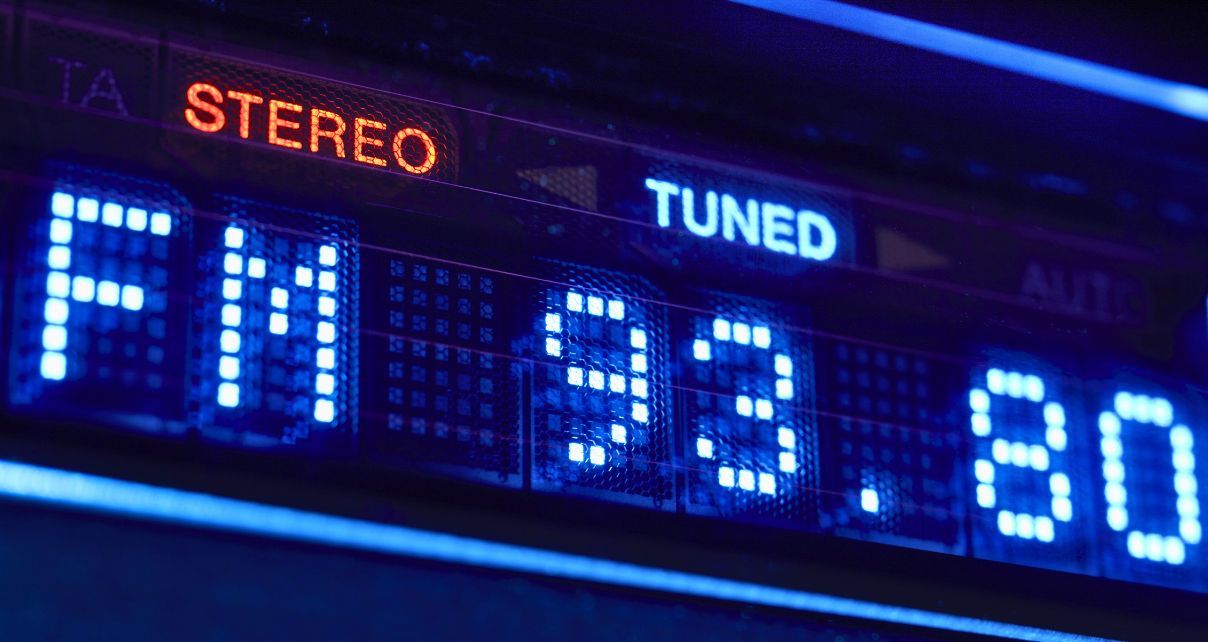There are lots of DJ gigs that we may consider “difficult”, for an equally large number of reasons. For instance:
- Playing to a different culture or demographic than you’re used to (say, to a Latino crowd when it’s not your culture)
- Playing in a different geographical region to where you’re from
- Playing a “mobile” gig such as a wedding, where you may be playing to three generations of people, never mind one!
But one of the big questions we hear DJs ask along these lines pretty frequently at our school is a very specific one: “How do I play to an older crowd?”
Define “older crowd”…
Now of course, “older” is relative. To some DJs, playing to 35 to 40-year-old people may feel like an “older crowd”, but that won’t be so if you’re 35 to 40 yourself. Assuming the crowd are “your people” (your town, your musical heritage), you’ll likely know instinctively what to do. For you, 55-60 may constitute an “older crowd”.
Rock ANY crowd with our training: The Complete DJ Course
But whether you’re playing a mobile gig where you know a percentage of the attendees are definitely going to be a generation (or two) above you, or you’ve been booked to play an event where you know the average age is considerably older than you, the question is, how best to approach the gig?
In this article, I’ll give you some solid rules, as well as some more general tips and guidelines, to help you make sure your event is a success.
How To Play To Older Crowds
1. Ask ahead of time
I’m always amazed how many DJs don’t do this. Simply ask the person who booked you what type of music they want, and what type of music their crowd are into.
You will have to listen carefully to what they tell you, and do some thinking around what they say – after all, chances are any given client isn’t as big a music fan as you are and won’t have the words to explain exactly what they’d like, so be prepared to “read between the lines”.

And if they really don’t know, that’s up to you to judge. (To avoid seeming foolish in front of you, they may say anything to answer your question – but “I love Led Zep” is probably not going to help you here!)
More often, though, simply asking will give you a great pointer as to what’s expected, and it’d be daft not to get this information upfront.
Always ask for example tracks, so you’re not having to work with “oh you know, stuff we can dance to!” – and it may be worth asking the type of music they DON’T want to hear, too.
2. Apply the “songs they knew at 18” rule
This is the big one. Make an estimation of the average age of the crowd. Say you’re DJing a 50th birthday party. Your job is to figure out the year they were 18 (which will be 32 years ago). Take the time to do this math, because that year will be when they were first going to clubs and dancing themselves.

So now your job is to figure out what records they were dancing to back then, and for the five to ten years following that – their “going out” phase. In this case, if you can make sure your playlist for the event has roughly the biggest hits and dance records of the 1990s in it, you won’t go far wrong with that demographic.
Read this next: The Playlist Pyramid: How To Build A DJ Music Collection To Be Proud Of
A quick Google search for decade top 10s, or a few minutes on Spotify finding similar playlists, and you’ll be in the right place to uncover these hits.
3. Apply the rules of “greatest hits” radio stations
Do you have a mainstream, adult-oriented radio station where you live? Have you noticed how they play big hits from say the past two or three decades, but that they also play some hits from today? One question is, how do they choose which recent hits to play?
These stations realise that their audiences – which roughly equate to an “older crowd” – aren’t totally out of touch musically, but that they also don’t have time to keep up with every twist and turn of popular culture.
This is how they pick what modern tracks to play:
- They go for the obvious stuff – What DJs often call “crossover” tracks, which are records whose appeal crosses generations, cultures and so on. These are the tracks you’ll hear ALL radio stations playing. The truly big hits
- They avoid the newest music – To these stations, new means “in the last couple of years”, not “in the last couple of weeks”. Being first with new releases is great for specialist radio (as it is for club DJs playing to more fanatical, music-oriented crowds) but “breaking records” absolutely doesn’t work for older crowds, on the radio or at DJ gigs. For a track to become a “crossover hit”, it needs a few months to seep into everyone’s lives, after all
Learn to DJ with us: The Complete DJ Course

So you should do the same. Yes, you absolutely should also programme tracks that were released after the “golden five-to-ten years” for your audience, but make sure they’re the crossover tracks, and not super-new. Think “biggest hits of the year” or “biggest hits of the last decade”, not “current top ten”.
Tuning in to those stations on Friday and Saturday early evenings, when they tend to have their more “going out”-oriented shows, isn’t a bad idea, either, to get specific track ideas.
Finally…
Don’t be scared of this type of gig. If you do the research as outlined here, you won’t flop. As with all gigs, it pays to play a “bit of everything” early on (we call this the “dartboard” approach), keeping a close eye on what seems to go down the best, to give you clues as to what to play more of later on.
Read this next: How DJs Always Know What Song To Play Next (Without Ever Panicking)
Also (and I’m generalising, of course) older crowds don’t tend to have the energy of the generation or generations below them, so pummelling them with ever-increasing BPMs and volume in an attempt to get them to dance won’t work.
Instead, take it steady, “rotate” the music (to give everyone a chance to have a break when you’re playing a few tracks in a genre they don’t like so much), and don’t be scared to drop the tempo to reignite your floor – it’s often the change in tempo and energy that gets people interested again as much as anything.
Good luck – and let us know your thoughts in the comments!






![The All-Time Best Halloween Songs For DJs [2025 Edition] A DJ wearing a long sleeve white shirt and watch tweaks the mixer behind a DJ booth. It appears to be nighttime and the lighting is orange and purple.](https://cdn.digitaldjtips.com/app/uploads/2025/10/21025454/halloweenfeat-150x150.jpg)


